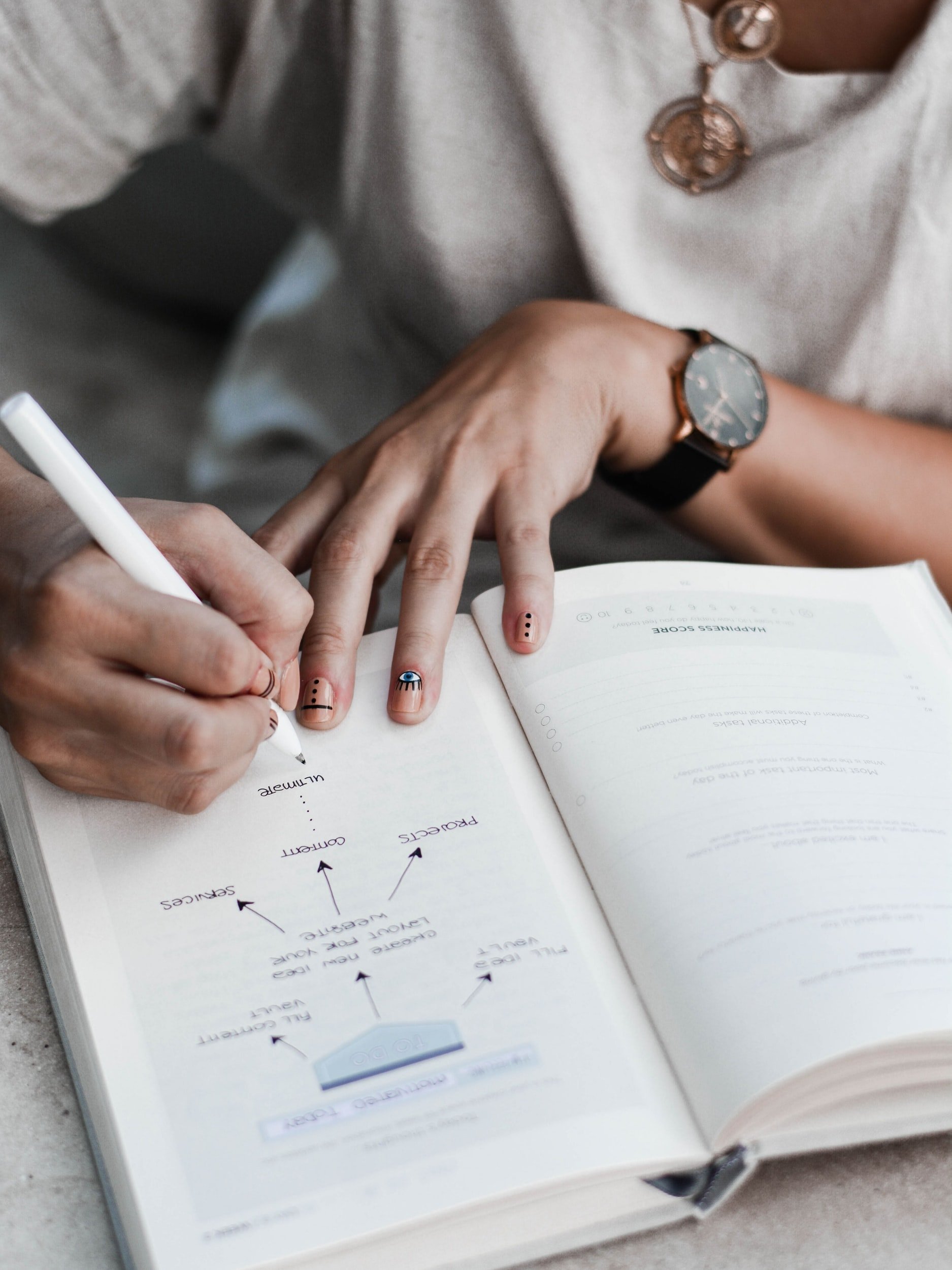Studying Juneteenth
by Janet Salmons
Dr. Salmons is the Research Community Manager for Methodspace. Her most recent book from SAGE Publishing is Doing Qualitative Research Online. Use the code MSPACEQ223 for a 20% discount valid until June 30, 2023.
What is Juneteenth?
I grew up just south of the Mason Dixon line, with many important Civil War sites close by. I experienced countless museum and battle site visits, but I didn’t learn about Juneteenth until I was interviewing an elderly African American woman in Denver, Colorado. While discussing an unrelated topic, she started talking about this holiday celebrated in Texas when she was a child. It was, she said, the only day besides Christmas many people were off work, so they made use of every moment from morning to night. Community-wide festivities offered something for everyone: baseball games, picnics that showcased prized recipes, music, and dancing into the wee hours. Why? They were celebrating the day that slaves in Texas learned they were free - more than two years after the Emancipation Proclamation! No one told them until June 19, 1865, when the Union General Gordon Granger arrived with the news.
When I heard her story, I was aghast. How could Texas slaves have been forced to work for years after Emancipation? Why did it take the US Army to free them? And how did I get this far in life without knowing about this important piece of American history?
Now that Juneteenth is a US holiday, the history is no longer hidden. From the Congressional Research Service:
Emancipation Proclamation. Lithograph by L. Lipman, Milwaukee, Wisc., Feb. 26, 1864. Prints and Photographs Division, Library of Congress.
On June 19, 1865, Major General Gordon Granger of the Union Army issued General Order No. 3 in Galveston, TX. The order announced to the people of Texas that the Emancipation Proclamation’s freeing of enslaved people in the Confederate states was in effect. Specifically, General Order No. 3 stated:
The people of Texas are informed that, in accordance with a Proclamation from the Executive of the United States, all slaves are free. This involves an absolute equality of personal rights and rights of property between former masters and slaves, and the connection heretofore existing between them, becomes that between employer and hired labor. The Freedmen are advised to remain at their present homes, and work for wages.
In other words: President Lincoln freed the slaves over two years ago, and if you want these people to work you will need to pay them. Needless to say, this was dramatic news!
While Juneteenth is a uniquely American event, these stories of sorrow, tragedy, and heroism are relevant today, as people across the world struggle for equity, freedom, and justice. If you are curious about the stories behind Juneteenth, original source materials are available open-access. You can listen to recorded oral histories, view photographs and read documents. Learn about using such materials in research with resources about using documents and narratives included in this post.
Photo by Ruby Terrill Lomax, September 30, 1940. Prints and Photographs Division, Library of Congress.
What was it like to be there? First-hand history.
The US Library of Congress and the American Folklife Center offer open-access, digitized materials about slavery and Juneteenth. One of the most remarkable collections includes recordings made by people who remembered that day: Voices Remembering Slavery: Freed People Tell Their Stories.
Some of the interviews were conducted by folklorist and ethnomusicologist Alan Lomax. He is known for extensive field research and recordings that drew attention to early jazz, blues and folk music from the rural south. His interest extended to the stories behind the music. Listen to an interview with Billy McCrea, a former slave who described the Union troops coming into Texas when he was a child, and being told by his mother that they were free.
In another example from the collection:
Laura Smally tells of learning she was free as a child on a plantation near Bellville, Texas. She was about 10 years old when she and her mother left the plantation. When asked about the Civil War she says she remembers that her master went off to the war, and when he came back he did not tell his slaves that they were free.
Additional original source materials can be found in these Library of Congress collections: The Historical Legacy of Juneteenth and the Legislative History of Juneteenth. You can also make a virtual visit to the National Museum of African American History and Culture and their digital collection of documents and photographs. Watch a video of the Museum's Founding Director Lonnie Bunch III leading a tour through the Slavery and Freedom exhibition to celebrate Juneteenth.
These materials are a treasure trove for researchers studying contemporary problems associated with racism and the legacy of slavery. See the Methodspace posts listed below for methodological guidance for using historical and original source materials in your studies.














